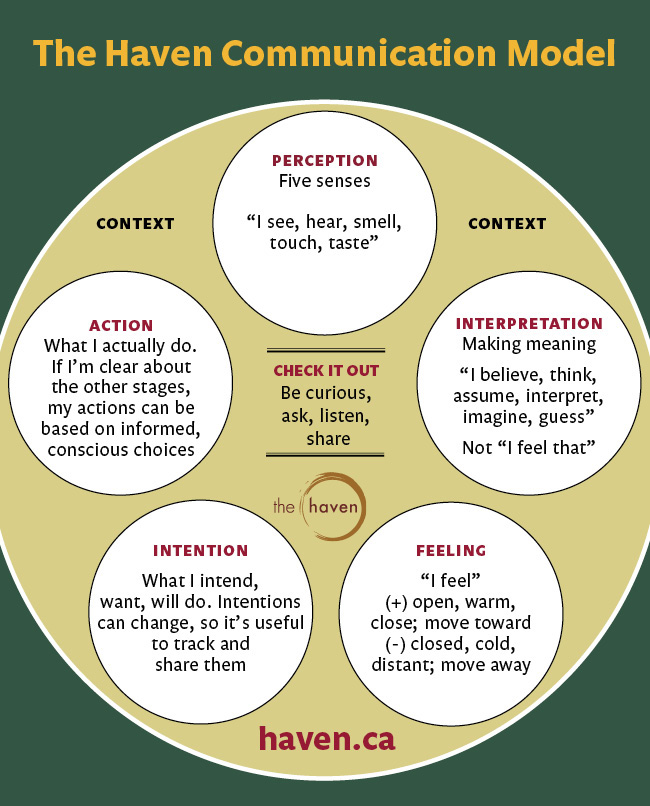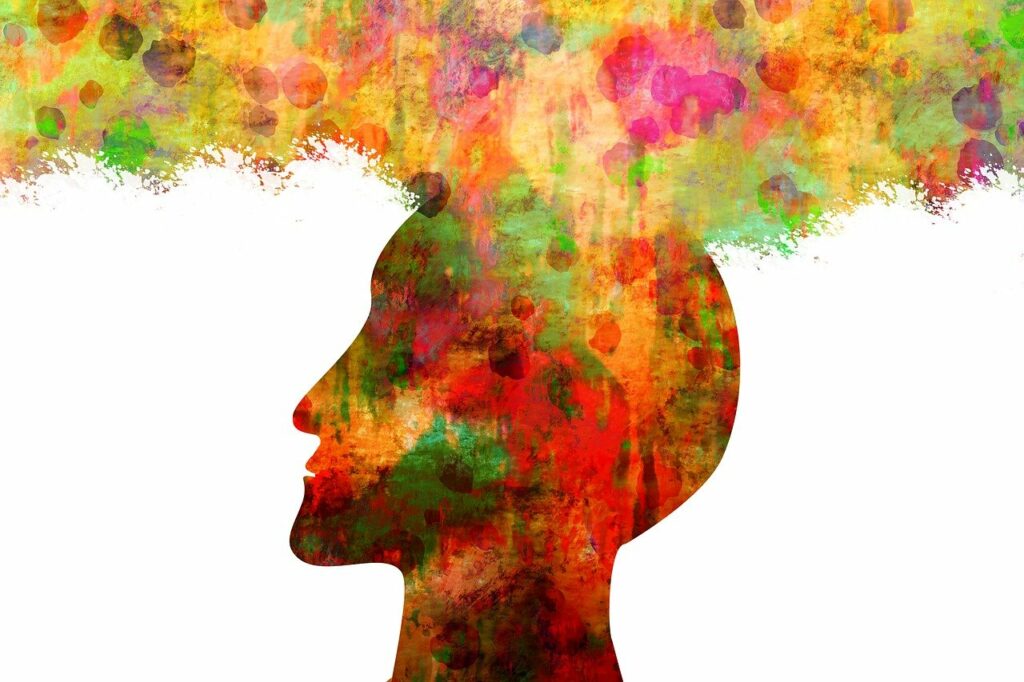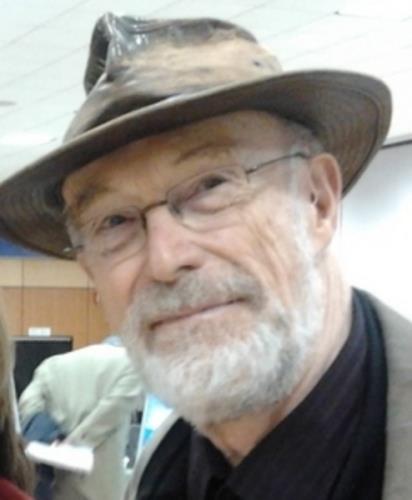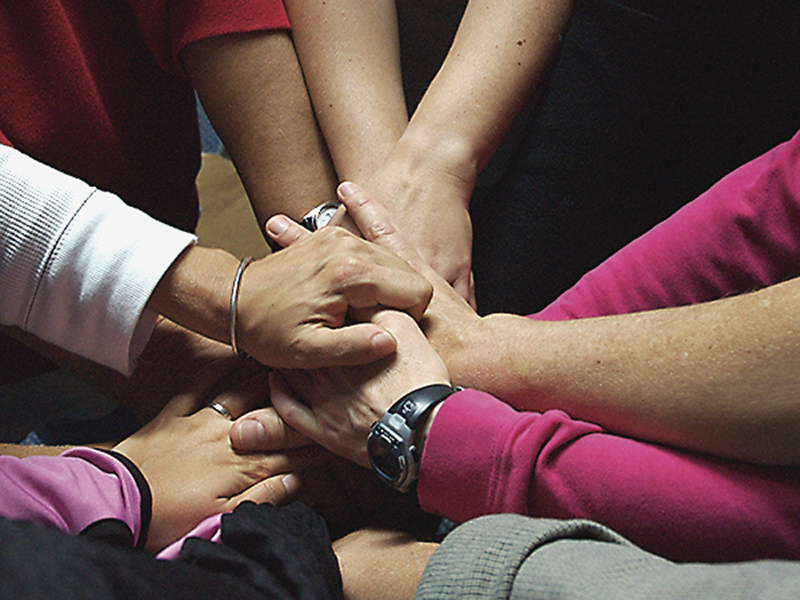3 Ways The Communication Model Can Help You Heal
Come Alive leader Toby Macklin follows up on his article of two weeks ago with a look at how the Haven Communication Model can help us heal our internal, relational, and spiritual rifts.
By Toby Macklin
Earlier this month, I wrote a post on this blog about how Haven programs like Come Alive and the Living Alive immersions can help people on three different but related levels. Drawing on the writing of existentialist theologian Paul Tillich, I said that Haven programs can help you heal rifts or “separations” within yourself, in your relationships with others, and in your relationship to meaning and purpose in life, or to something greater than yourself, to what Tillich called the Ground of Being. These transformations can happen in many different ways. One way is through using The Haven Communication Model.
“The Haven Communication Model has given me a way to see and interact with myself, others and the world around me in profound and practical ways. Using the model – actually practicing and integrating it into my everyday life – has impacted my ability to connect deeply with myself and with people that matter the most to me in my life. It is so much more than a model … it is a way of being that connects all the dots in my desire to connect!” – JLH
If you don’t know the model, there’s a short description of it here and an animated video here
Individual Healing
The Communication Model has a lot to offer even before you make contact with anyone else. The elements in the circle above – context, perception, interpretation, feeling, intention, and action – are each part of a process that we are constantly going through, whether we’re aware of it or not, and whether we share it with others or not. It is the process through we which we understand ourselves, relate to others and our environment, and create our individual and communal realities. The first step in benefitting from the model is to become aware of the different pieces of the process.
If you’ve ever been to counselling, or if you are a counsellor yourself – or if you’ve ever read a self-help book or blog – you may recognize some of these elements. They feature especially in Cognitive Behavioural Therapy or CBT, which has been enormously influential in the way people think about mental and emotional health today. CBT has developed specific models of how these elements interact to maintain experiences such as depression, anxiety, obsession and compulsion, addiction, reactions to trauma, and so on. We think, feel and act in ways that do not always serve us well, with often painful consequences – and the different elements interact and affect one another. The Haven Communication Model encourages us to get clear about what we are thinking (our interpretations), the information we’re basing our thinking on (i.e., our perceptions, partly determined by our context), what we are feeling in connection with these, what we want, and how we are behaving. When we recognize unhelpful or “stuck” patterns of thought, feeling and action, we can intervene and make different choices.
This is the essence of what we describe as self-responsibility – or “response-ability,” our ability to respond, not only react, to ourselves, to others and to events around us. Without this we’ll tend to experience ourselves as victims of circumstance or of other people, without much sense of agency or choice.
“The Communication Model changed my whole perspective on myself and my relationships.” – Greg, Come Alive participant, 2019
Relational Healing
As I’ve suggested, some of this work can be done alone – the model can be useful even before we’re actually communicating! However, its real genius is in opening up the process in relationship with other people. Again, if you’ve ever done counselling, you’ll probably know that whatever techniques or modalities are used, it is often the quality of the “therapeutic relationship” that makes the difference in the sessions’ effectiveness. At The Haven, we think that people can have healing relationships with one another, not just with counsellors – which is why we work in groups!
When we get into genuine contact with others – through the process of self-disclosure, curiosity, and listening (“checking it out”) – we can learn about ourselves and others and reduce our sense of loneliness or estrangement. In Haven programs, people have opportunities to practice the model with one another. This is not always easy – it requires courage and vulnerability – but the rewards can be great. Crucially, programs are a great place to experiment and learn skills that can be carried over into our everyday lives at home and work.
At the simplest level, the model can provide clarity. We can choose our actions on the basis of more comprehensive information, rather than just our own assumptions. We can incorporate the views and ideas of others, and work together more effectively and collaboratively – in the workplace, with our children, with our spouses, partners, or friends, and in challenging as well as comfortable relationships.
The model can also help us create deeper and more connected relationships, as we begin to know more about who we really are and who our partners really are. With practice and commitment, the Communication Model can help us to experience what Martin Buber called “I-Thou” encounters, rather than only “I-It” relationships. In an “I-Thou” relationship we are no longer just “objects” to one another, but real, complex, multifaceted and changing human beings. In such relationships, we can have the experience of being truly seen and accepted, and of truly seeing another.
Good relationships (founded upon effective communication) are good for us as individuals. We tend to be happier and more whole when we have good relationships. We learn about ourselves in relationship. So, relational healing is also internal healing. Each one promotes the other.
Spiritual Healing
The Haven’s founders, Ben Wong and Jock McKeen, sometimes described the Communication Model as their spiritual practice. It can help us connect deeply with ourselves and with one another, allowing us to see beneath the surface and into the depths of our natures. For some, this provides an insight into our profound underlying connection with one another, through life itself, with what Tillich called the Ground of Being, the divine. Ben and Jock were fond of quoting a line from the musical Les Misérables: “To love another person is to see the face of God.” We may only ever get glimpses of this, but those glimpses can add inspiration, meaning, and comfort to our lives. Just as in an “I-Thou” encounter we accept ourselves and are fully accepted by another, so too we may experience being accepted and welcomed by life itself.
If you want to read more about how we think this might work, take a look at The Haven Resonance Model – which you’ll also be introduced to in Come Alive, alongside the Communication Model and a rich mixture of other ideas and experiences.
Come Alive and Living Alive are great opportunities to make changes in your own life on all three of these levels – internal, relational, and spiritual. Reading about these possibilities is one thing – and the actual experience is another! The Communication Model is one element in an experience that people over the last 40 years have described as profound, transformative, and life-changing.
“The Haven was an exceptional experience. A person can read several books that try to explain the principles of communication, of the self and relationships. But, The Haven provided a safe place to really experience being in the communication model. It gave me so much more than a lesson, it gave me a living breathing experience of good communication and of me in relationship. I believe I am forever changed and my future is feeling a lot more positive. Thank you.” – Dave, Come Alive participant, 2019

Toby Macklin leads Come Alive, Living Alive Phase I, New Horizons: Phase III and the online Come Alive Integration program. He works at the Vancouver Island Counselling Centre for Immigrants and Refugees, and has a private practice in Victoria, BC, focusing on healing and growth in the face of trauma.







